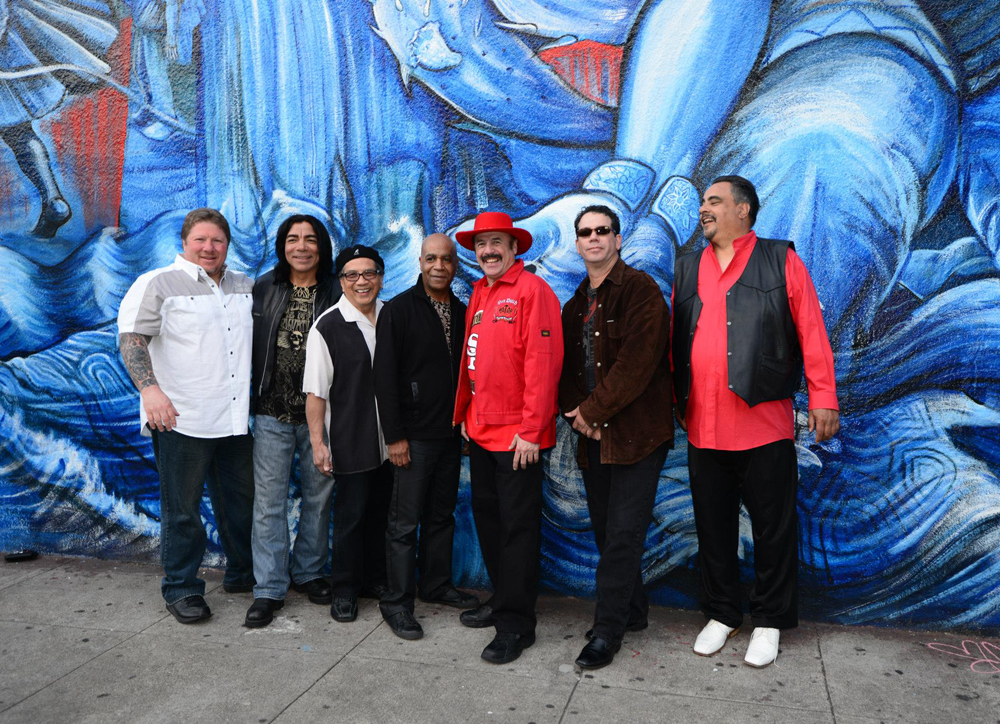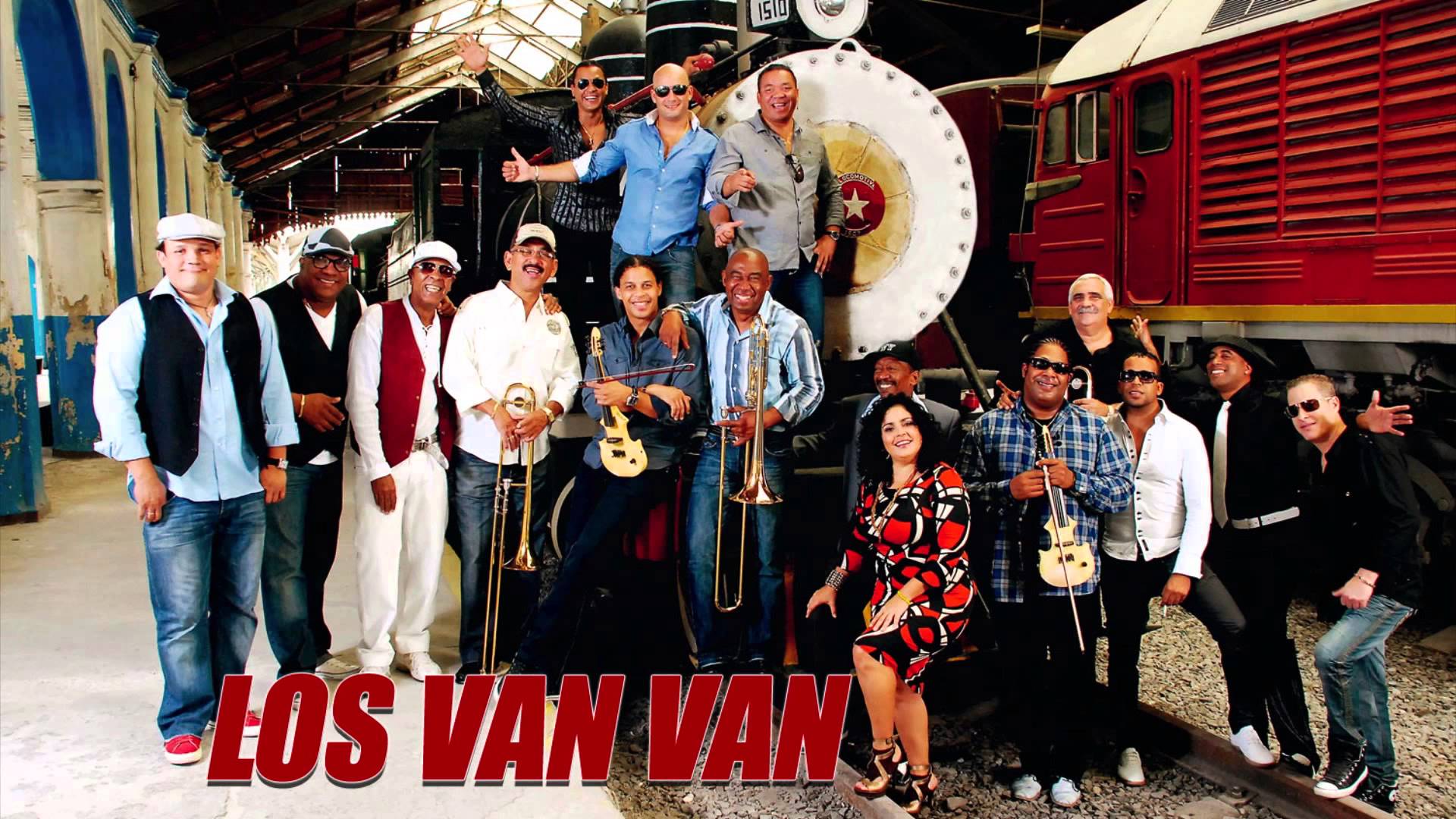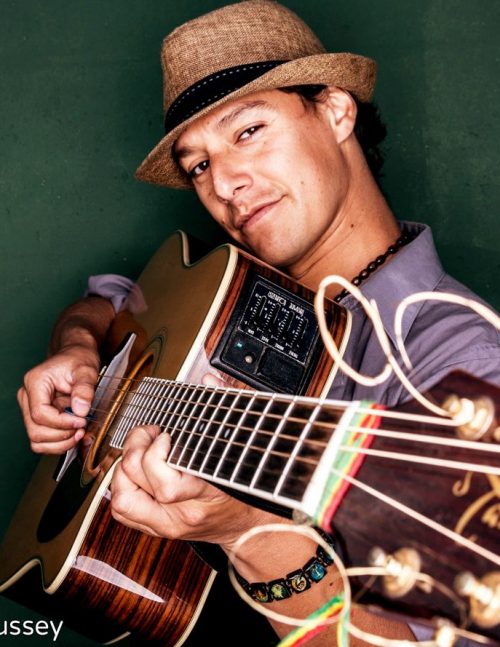Police and military torture of women in Mexico
by the El Reportero’s wire services
Torture is widespread in Mexico’s “war on drugs”, but the impact on women has been largely ignored or downplayed.
This report analyses the stories of 100 women who have reported torture and other forms of violence during arrest and interrogation by police and armed forces.
Of those women interviewed by Amnesty International, 72 reported being sexually tortured and 97 had been physically abused. Rape was reported at all levels of the government, though the highest incidents came from the navy.
Severe beatings; threats of rape against women and their families; near-asphyxiation, electric shocks to the genitals; groping of breasts and pinching of nipples; rape with objects, fingers, firearms and the penis – these are just some of the forms of violence inflicted on women, in many cases with the intention of getting them to “confess” to serious crimes.
In April, a video was leaked showing police and military officials suffocating a woman with a plastic bag during an interrogation. That prompted an official apology from Mexico’s Minister of Defense and National Security Commissioner.
Venezuela’s bid to silence political prisoners’ appeal for amnesty is shot down by UNHRC chair
Venezuela was overruled by the chair of the UN human rights council today when its delegate interrupted a UN speech in a failed bid to stop the reading of an appeal for council members to release political prisoners on the occasion of the council’s 10th anniversary.
The appeal, signed by family members of political prisoners in Saudi Arabia, Russia, China, Venezuela, Vietnam and Cuba, was read out today in the plenary of the council by Hillel Neuer, executive director of the Geneva-based UN Watch, a non-governmental human rights group.
Venezuela’s delegate interrupted as soon as Neuer mentioned the name of jailed opposition leader Leopoldo López. “We do not think it is appropriate to raise specific countries,” he said, even though most of the previous 15 NGO speeches in the session had done exactly that.
However, Venezuela’s objection was shot down with uncommon firmness by the session chair, who strongly defended UN Watch’s right to speak. Many diplomats who chair UN sessions are leery of siding with activists when it could upset country delegates. (UN Watch).
Beaches of Puerto Rico are sold to US billionaires…by Puerto Rican government traitors
On Friday June 24, with only one “No” vote, the Legislative Assembly of Puerto Rico overwhelmingly approved PC 2853: a bill which transfers beaches in huge coastal areas – including Vieques, Culebra, Condado, Isla Verde, Isabela, Lajas, Cabo Rojo, Guánica and Rincón – into “private” ownership.
If this bill becomes law, all “private” beaches in these areas will be closed to the Puerto Rican public. “But the deepest significance of this bill, is that the politicians of Puerto Rico are knowingly…intentionally…doing the dirty work of the Financial Control Board, before they even arrive on the island,” sources said.
The POLITICS of this bill are important to understand. Please note the following:
• It was introduced in the very last days of the legislative session. This allowed little time for public review, debate or amendment. Probably, many legislators did not even read it.
• The near-unanimity was striking: both parties approved it, with only one of the 51 representatives (José Luis Báez Rivera) voting against it. This is especially shocking, since it involves the controversial selling of public beaches…which should belong to everyone.
• Yet here, the politicians transferred dozens of them in a great hurry…with no floor debate and a near-unanimous vote.
The author of the bill, who also introduced it, was Angel Matos García…the PPD representative from Carolina.
Carolina is where Tito Kayak, Playas P’al Pueblo and hundreds of environmental activists have demonstrated against the Marriott Hotel take-over of their public beach…the Balneario de Carolina…for over a decade.









